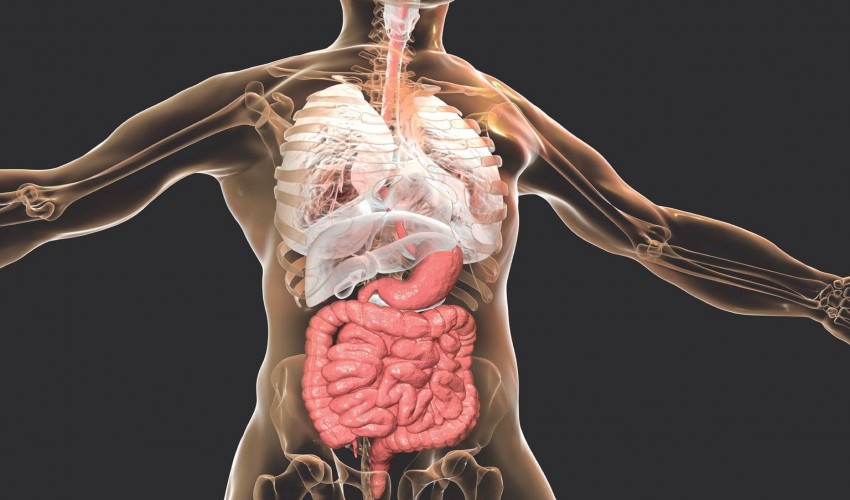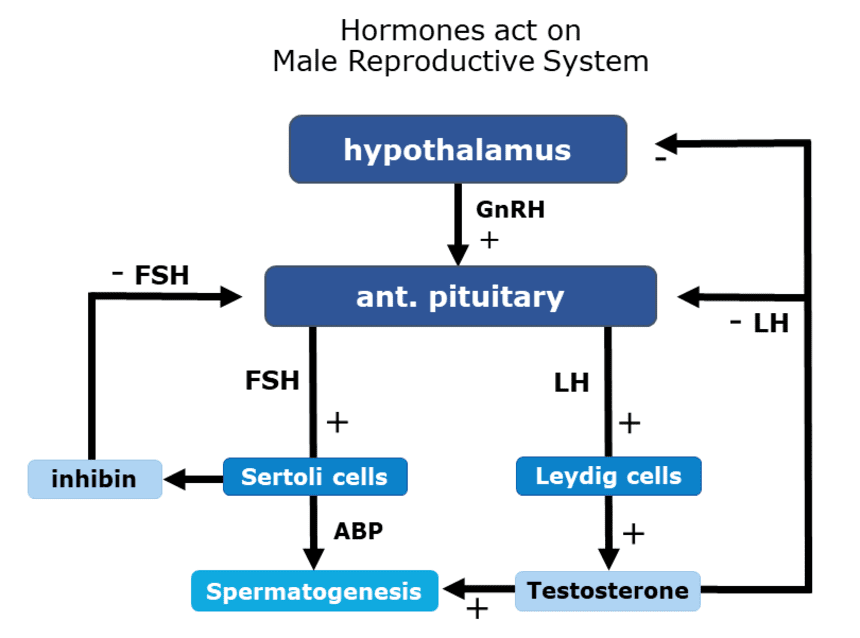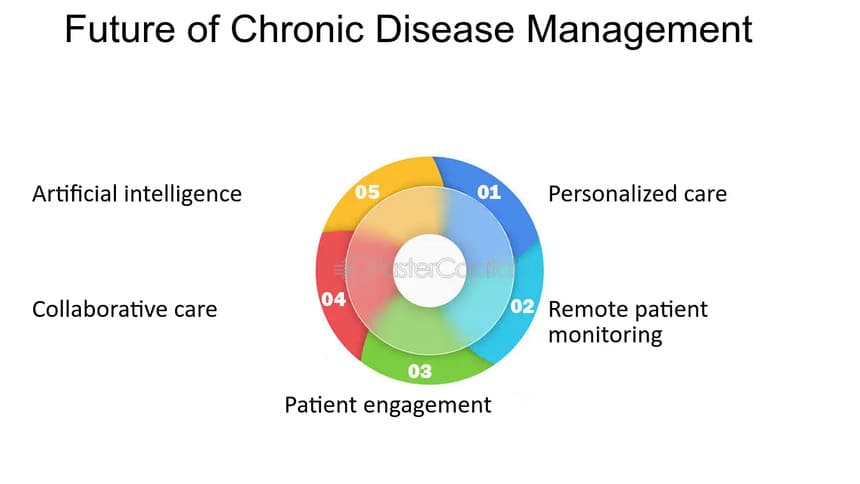
Humane Anatomy, Cytology and Histology
Due to the complexity of the human body, the Human Anatomy
is divided into several branches (areas) of study in order to better study the
organs, systems, functioning and interactions with the environment. Although
they are separate branches, there is a strong integration between them to
generate the necessary knowledge.
scientific study of the morphology of the adult human. It is
subdivided into gross anatomy and microscopic anatomy. Gross anatomy (also
called topographical anatomy, regional anatomy, or anthroponomy) is the study
of anatomical structures that can be seen by unaided vision. Microscopic
anatomy is the study of minute anatomical structures assisted with microscopes,
and includes histology (the study of the organization of tissues), and cytology
(the study of cells).
Human anatomy is the scientific study of human body
structures. In contrast to physiology, which is the study of why and how
certain structures function, anatomy deals with human parts, including
molecules, cells, tissues, organs, systems, and the way they interact. It also
deals with outward characteristics, such as shape, structure, pattern, color,
and composition. Together with physiology and biochemistry, human anatomy is
considered a basic medical science.
Different approaches may be used in teaching or learning
about the human anatomy. For instance, anatomical structures may be studied as
regional groups, such as the head and neck, upper limb, lower limb, thorax,
abdomen, back, and pelvis and perineum. Each of these regions has boundaries.
For instance, the head and neck is the region above the thoracic inlet, while
the thorax is the region between the thoracic inlet and the thoracic diaphragm.
Another approach is to group the human body structures
according to the major organ systems. These systems include the circulatory,
digestive, endocrine, musculoskeletal, nervous, reproductive, respiratory,
urinary, and immune systems. In this approach, body structures are grouped
together according to their functions. For instance, the circulatory system
functions in the delivery of blood and involves the heart, blood vessels, and
blood. The musculoskeletal system functions in support and movement, and
involves the bones, muscles, ligaments, tendons, and cartilage.
Human anatomy can only be fully understood when basic
anatomy terms are known. Basic anatomy terms include superior, inferior,
anterior or ventral to, posterior or dorsal to, medial, lateral, ipsilateral,
contralateral, proximal, distal, superficial, deep, supine, and prone. An organ
has different views based on where the observer is, thus body planes are also
important in anatomy. The sagittal plane divides the body into right and left,
while the frontal or coronal plane divides the body into anterior and posterior
parts. Also called transverse or horizontal plane, the axial plane divides the
body into upper and lower parts.
Cytology is a branch of biosciences that studies the cell.
It focuses on the function, chemistry, and structure of the cell. Because of
the microscope, it allows scientists to see on a microscopic scale. Now we know
what cells are made of, as well as many of the functions of cells, though new
progress is made every day involving cells.
Robert Hooke, who discovered the cell, is considered the father of cytology. He discovered the cell in the mid to late 17th century, and did so with the help of the microscope, created a mere 40 years before his birth. He would go on to make many drawings of the cells, though he could not get a clear picture of the nucleus.
The cell theory says everything living is made up of cells.
This includes animals, plants, insects, fish, and everything in-between.
Histology,[help 1] also known as microscopic anatomy or
microanatomy, is the branch of biology which studies the microscopic anatomy of
biological tissues. Histology is the microscopic counterpart to gross anatomy,
which looks at larger structures visible without a microscope. Although one may
divide microscopic anatomy into organology, the study of organs, histology, the
study of tissues, and cytology, the study of cells, modern usage places these
topics under the field of histology. In medicine, histopathology is the branch
of histology that includes the microscopic identification and study of diseased
tissue. In the field of paleontology, the term paleohistology refers to the
histology of fossil organisms.
Histology, branch of biology concerned with the composition
and structure of plant and animal tissues in relation to their specialized
functions. The terms histology and microscopic anatomy are sometimes used
interchangeably, but a fine distinction can be drawn between the two studies.
The fundamental aim of histology is to determine how tissues are organized at
all structural levels, from cells and intercellular substances to organs.
Microscopic anatomy, on the other hand, deals only with tissues as they are
arranged in larger entities such as organs and organ systems (e.g., circulatory
and reproductive systems).
- Systematic Anatomy
- Topographic Anatomy
- Microscopic Anatomy
- Pathological Anatomy
- Radiographic Anatomy
- Functional Anatomy
- Neuroanatomy
- Morphological Anatomy
- Developmental anatomy
- Gross anatomy
- Cell biology (Cytology) & cytogenetics
- Surface anatomy
- Living anatomy
- Histology
- clinical anatomy
- embryology
- Cytotaxonomy
- Cytogenetics
- Cell Physiology
- Cytochemistry
- Cytopathology
- Cytoecology
Recent Published
Submit Manuscript
To give your manuscript the best chance of publication, follow these policies and formatting guidelines.


